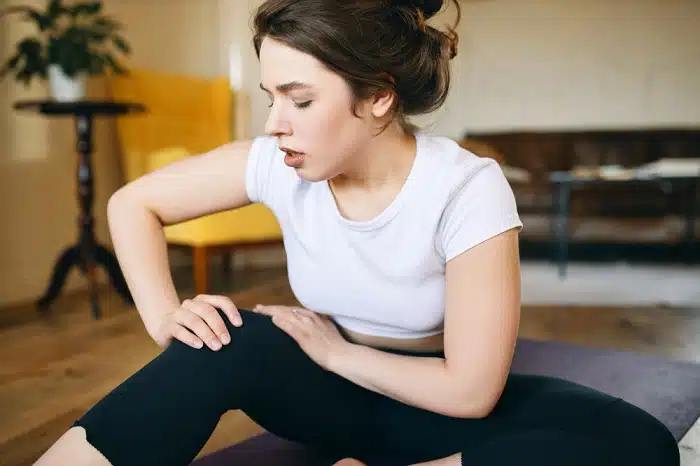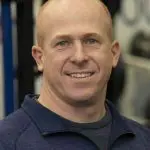
Pain management is a real thing! This is the management and relief of pain from a panoply of options ranging from over-the-counter medication, self-care, prescribed medication, licensed massage therapy, as well as, help from health care providers.
Today we will focus on home care for the management and relief of pain ranging from acute to chronic pain.
For home care, the following options are great places to start for the relief of chronic pain from your muscles and joints.
Heat can be used in wet or dry applications and both are productive. Heat is transferred from a source to the area of complaint in one of three methods. Heat is absorbed into the body via conduction, radiation, or convection.
Cold therapy is great if applied appropriately. Cold therapy is usually less comfortable to use but has a powerful effect on decreasing swelling in a given area, numbing the area of complaint, and increasing the rate of recovery of the affected area. Cold therapy also called cryotherapy can take on different forms much like heat therapy mentioned above. Whereas heat therapy is adding heat to the affected body part for a therapeutic reason, cold therapy is never added to the affected body part.
Cryotherapy is the process or method of taking heat away from the area of complaint rather than adding heat to the body. Taking heat away from the body can occur in several different methods. Heat is taken away from the body using conduction, convection, and evaporation. Conduction whereby heat is taken away from the body and added to a lesser source is done through direct contact between the two surfaces.
This form of heat transfer moves heat out of the body and into the object being applied to the skin. Convection where heat is taken away from the body uses a liquid source that holds less heat than the body. Heat is transferred from the body to the liquid which cools the affected area of complaint. Evaporation is the process of heat radiating away from the surface of the skin.
The most common forms of cryotherapy use the methods of conduction and/or convection. Commonly used is a bag of frozen peas and/or an ice pack.
Rest is oftentimes overlooked as we think about the management and relief of pain from home. Rest is a great way to reset the body, recover from overused and overworked muscles and joints, as well as decrease the amount of pain our body may be in at that time. Rest helps in the regenerative process where the body heals itself. If you can't sleep and you can't rest it is hard to heal and manage the pain.
Self massage of muscles and joints can help increase blood flow, decrease swelling, relax muscles, decrease pain, and help in the healing process.
Books have been written on these types of foods and diets that concentrate on increasing the consumption of pro-anti-inflammatory foods and decreasing the consumption of pro-inflammatory foods. We will not go into depth at this time but do your research and know this is a big one. This can help as much as anything in this blog.
Home pain management techniques can be a great way to relieve your aches and pains without relying on medication. Whether you’re using hot or cold compresses, stretching exercises, massage therapy, aromatherapy, yoga, or any other technique - the goal is to reduce inflammation and provide relief.
As always, it's important to consult with your doctor before beginning any new treatment regimen for chronic pain. With the right combination of therapies to fit your needs and lifestyle habits, you may soon find yourself feeling more relaxed and in control of how you manage your discomfort!
If you are looking for a way to manage your pain in Knoxville, look no further than Knoxville Spine & Sports. With experienced and knowledgeable chiropractic care, we can help you develop a plan that is tailored to your individual needs. Our team of experts will use specialized techniques and treatments that are designed specifically to reduce or eliminate the pain you are feeling.
Contact us today to get started on the path to relief. You don't have to suffer in silence any longer – call us and experience life without pain!

430 Montbrook Lane Suite 203
Knoxville, TN
37919
Phone: 865-337-5574
Monday
7am-12pm & 1pm-6pm
Tuesday
7am-12pm & 1pm-4pm
Wednesday
7am-1pm
Thursday
7am-12pm & 1pm-6pm
Friday
7am-12pm & 1pm-4pm
Saturday & Sunday
Closed